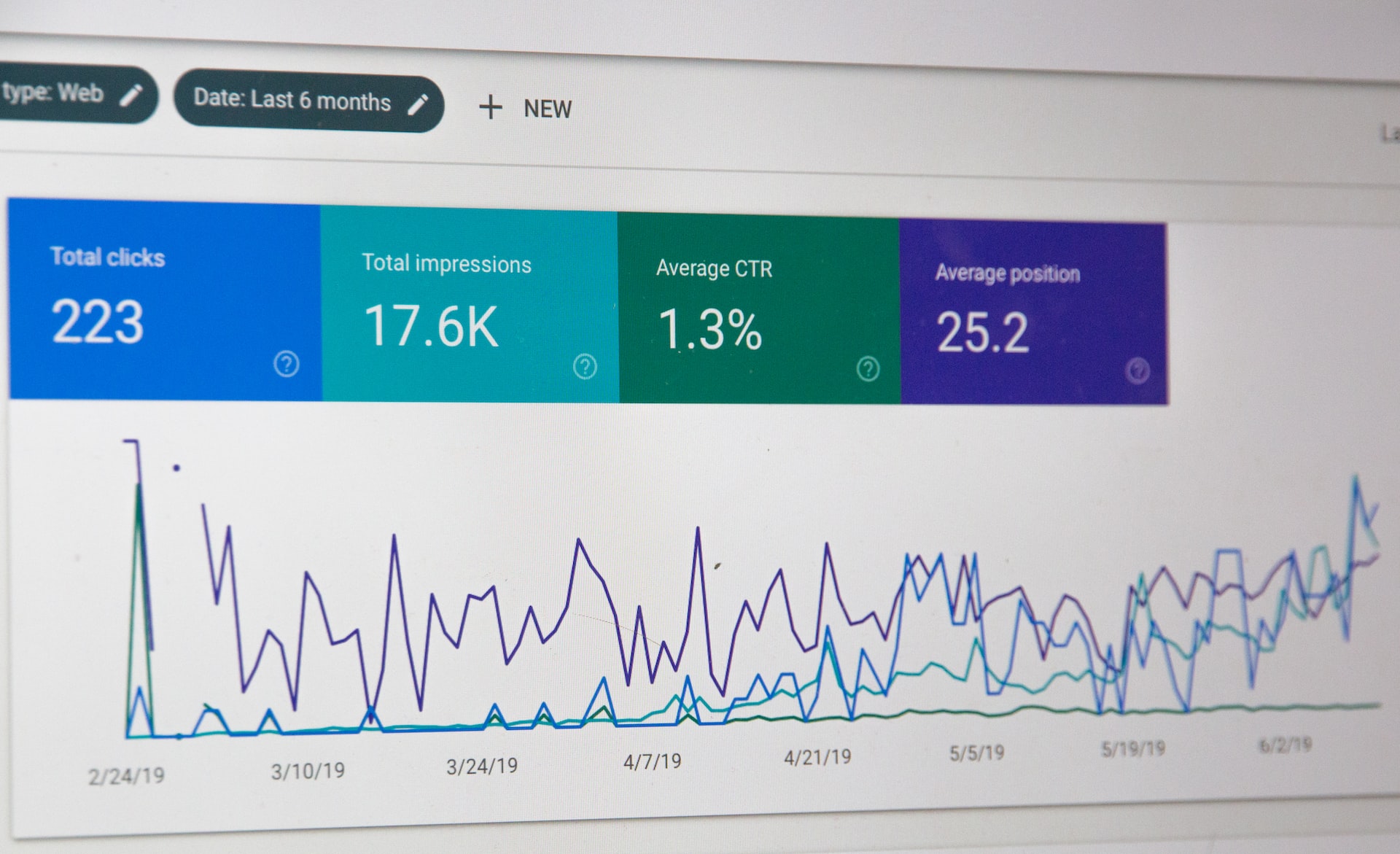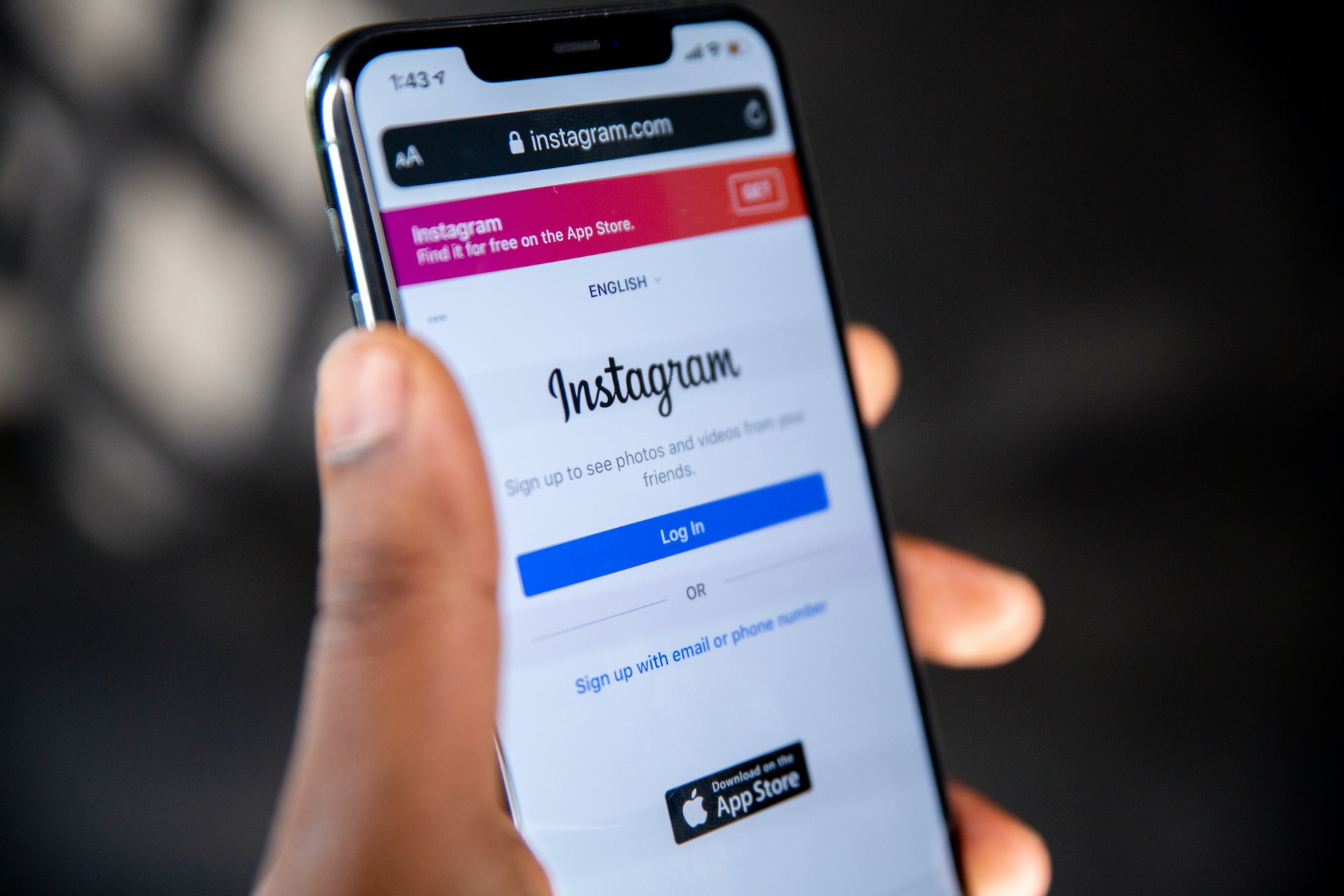The Power of The Monetization Strategy
This guide will explore different monetization strategies and platforms that can help creators transform their passion into a lucrative career.

What Is a Monetization Strategy
Since the advent of the digital age, numerous paths have emerged for monetization, especially for creators.
These monetization strategies may involve direct sales, subscriptions, digital advertising, licensing, or even teaching. The best strategy will depend on the creator's unique skills, audience, and goals.
From artists to educators to influencers, anyone with a creative offering can benefit from a well-planned monetization strategy. It's not just about making money but also about ensuring the sustainability of one's creative career in the long term.
Patreon: Empowering Artists Through Subscription Models
Selling Merchandise: Transforming Art into Tangible Products
Teach Your Skills: Sharing Knowledge through Online Courses
For creators with a talent for teaching, online courses offer a way to share their knowledge and make money at the same time. Websites like Udemy, Skillshare, and Teachable allow artists to create and sell courses on a wide range of topics, from photography to watercolor painting.
Affiliate Marketing: Earning Commissions by Recommending Products
Creators recommend products to their audience and earn a commission for each sale made through their unique referral link. Popular platforms for affiliate marketing include Amazon Associates, CJ Affiliate, and ShareASale.
Licensing Your Work: Granting Permission for Commercial Use
This is the story of Noam Galai, a photographer who captured a self-portrait that went viral and became known as "The Stolen Scream." Galai decided to license his image, allowing it to be used for various commercial purposes. As a result, he has generated significant income from a single photograph.
Crowdfunding: Raising Funds for Creative Projects
Sponsored Content: Collaborating with Brands for Mutual Benefit
Live Streaming: Engaging with Your Audience in Real Time

Finding the Right Monetization Strategy for You
By exploring different methods and platforms, you can unlock the potential of your creative career and turn your passion into a sustainable source of income.
Furthermore, Maven's online classes can provide essential insights and tools to better navigate and implement these monetization strategies, helping creators transform their talents into sustainable income sources.
Related Courses
Discover Your Purpose & Reinvent Your Career
Feeling stuck in your career or purpose? Reconnect with who you are, discover your why, design your ideal career and life, and take action.
Designing Your Freelance Business
Learn how to start and sustain a successful and fulfilling freelance practice.
Perfect Your Go-To-Market Strategy
Discover how to get customers and a competitive advantage so that you'll pitch to investors with confidence.
Digital Advertising Masterclass - Nail Your Next Campaign
Designed for startups and growth stage companies. Learn the framework and strategies used by the world's most successful brands.
Launch Your Solopreneur Lifestyle Business: From Passion & Proficiency to Profit
Zero to hero solopreneur course. 1-week system to launch any idea and generate $3,000~30,000 per month per project. Bonus: 1:1 Coaching.
Monetize Your Writing
Find writing gigs in markets across the world, grasp the art of pitching and make income from your writing.
You might also like

Growth Marketing: The 2023 Definitive Guide

Coaching and Mentoring Towards Growth and Innovation

The Product Virality Playbook: Key Components for Exponential Growth

